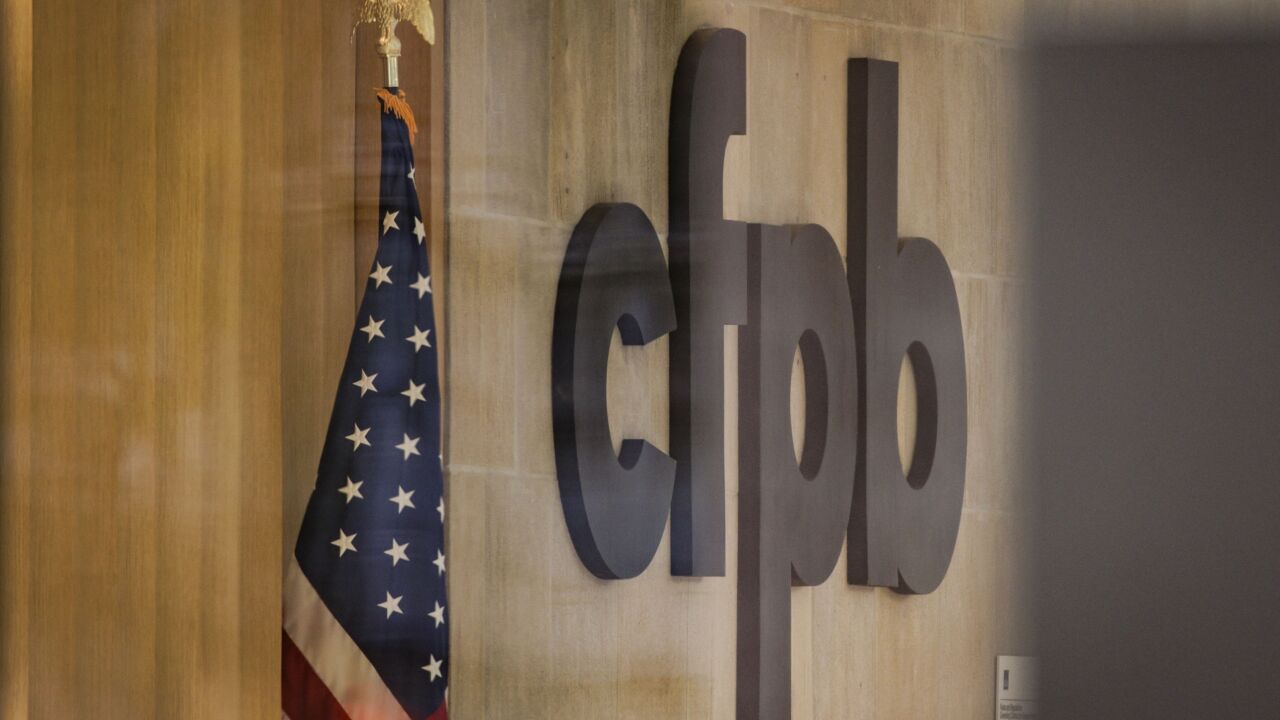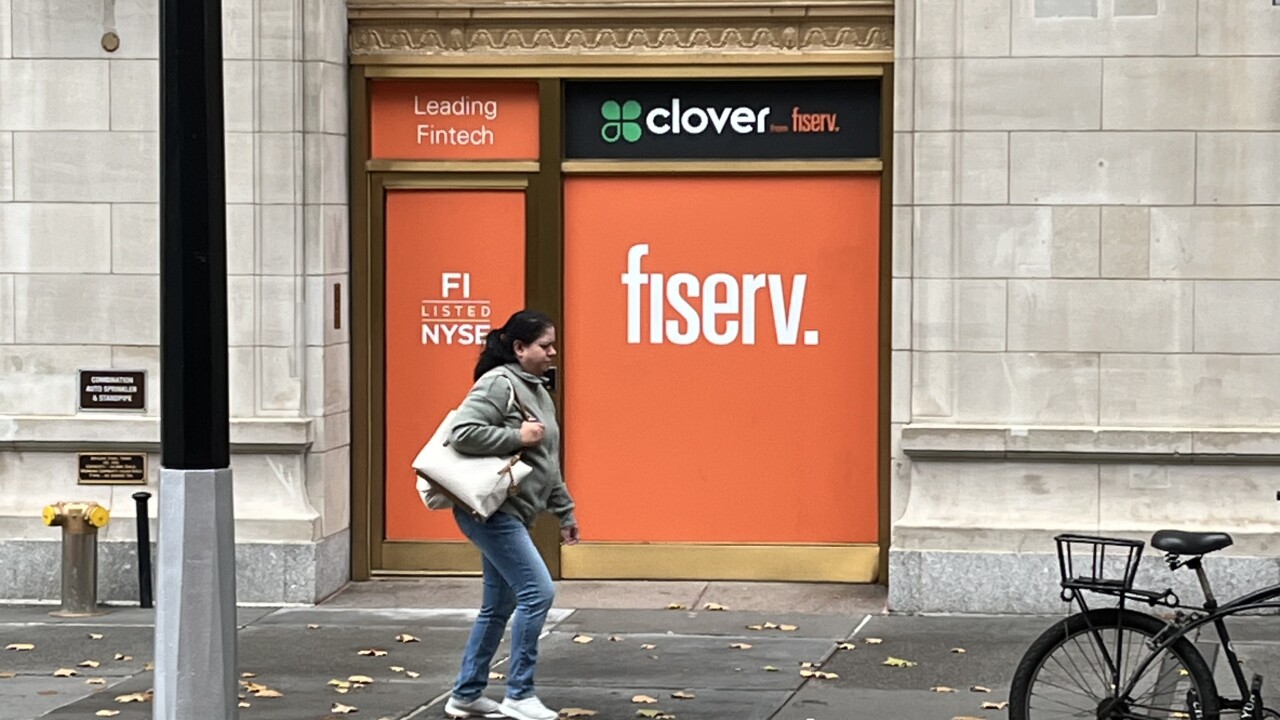Allied Wallet is developing new payment technology that allows users to identify themselves by using an add-on fingerprint sensor, and also plans to build biometric acceptance for merchants.
When the technology is deployed early next year, consumers will have the option to register their fingerprint as a way to verify transactions made via the Allied mobile app.
"You verify the payment with your fingerprint and then choose the card you would like to use to pay the amount on the bill," says Andy Khawaja, CEO of Allied Wallet, which has 88 million users globally and is available in more than 250 countries and more than 50 currencies.
Though some smartphones, such as the iPhone 5s and the HTC One Max, have built-in fingerprint readers, Allied is planning to offer a fingerprint reader that attaches to the user's phone. For the iPhone, this may be a necessity, as Apple does not allow outside developers access to fingerprint authentication.
Allied, of London, aims to double usage of its wallet during the next year, and is targeting Brazil, mainland China and India as high-growth markets. "In these markets we are looking at 2.5 billion potential consumers," Khawaja says. Allied hopes to reach about 5% to 9% percent of that aggregate market in the next nine months, he says.
Ease of use will help drive that growth, Khawaja says, and the use of biometrics can simplify the experience by removing steps in the app's navigation. The biometric option should be ready by February, he says. The next step will be enabling biometric payments via point of sale technology that recognizes registered consumers at a merchantKhawaja says Allied is developing that technology now and hopes to leverage existing mobile hardware.
The benefits of biometric identity is simplicity, Khawaja saysusing a finger to commence a transaction is easier than swiping a card through an add-on card reader or typing a username and password.
"We are going to eliminate swiping. When you are ready to pay you just use your finger," Khawaja says.
Companies have long sought to
Biometrics has been a tough sell, however. Pay by Touch, an early attempt to bring biometric payments to the retail industry,
"Without question, biometrics offers an unmatched unique identifier that harnesses the potential to fend off many of the instances of fraud we see in the payment industry today," says Jordan McKee, an analyst at Yankee Group. "But while biometrics is seemingly advanced, in its purest form it's no better than a digital certificate. Since biometric authenticators like fingerprints boil down to merely a unique and specific string of digits, the consequences of that string getting into the wrong hands cannot be understated."
Hacks on databases containing passwords are problematic, but passwords can be cancelled and re-created; a database containing hundreds of thousands of digital certificates for fingerprints can't, McKee says. "There are still a number of security concerns that must be answered before we see mass application of biometrics in payments," he says.
Biometrics should be one of a number of elements used in authentication, says Sandy Shen, a research director at Gartner.
"I think if the technology is robust enough to fend off faking, such as





